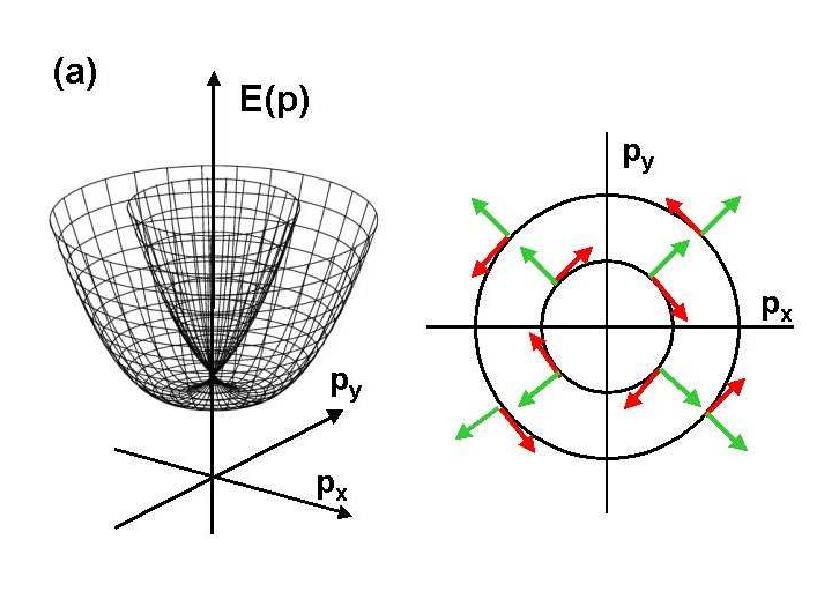Tensorial Flow of Mosaic Vector Beams in Physical Review Letters
ISC researcher Davide Pierangeli coauthored an insghtful experimental work now published in Physical Review Letters, Measuring the Tensorial Flow of Mosaic Vector Beams in Disordered Media, D. Pierangeli, A. Aiello, and C. Conti, Phys. Rev. Lett. 132, 243801 (2024).
Abstract
… Read the restOptical beams with nonuniform polarization offer enhanced capabilities for information transmission, boasting increased capacity, security, and resilience. These beams possess vectorial features that are spatially organized within localized three-dimensional regions, forming tensors that can be harnessed across a spectrum of applications spanning quantum physics, imaging, and machine learning.

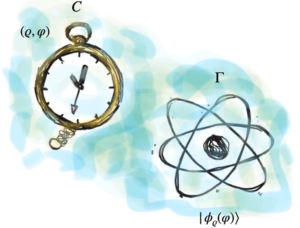
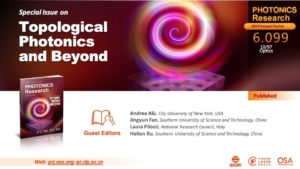
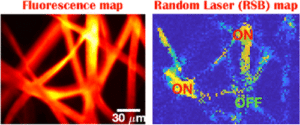
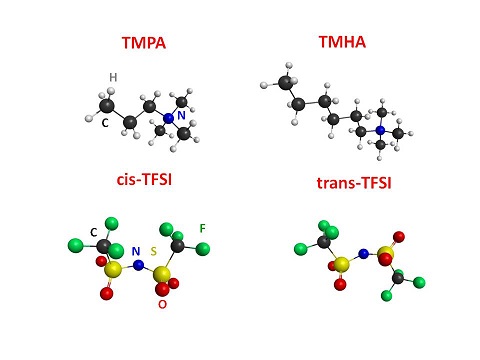
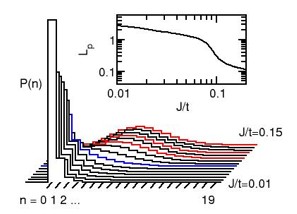
![Fig. 1: electronic structure of graphene and Dirac-like dispersion. After A.H. Castro Neto et al., arXiv:0709.1163v2 [cond-mat.other] (2007). Fig. 1: electronic structure of graphene and Dirac-like dispersion](/wp-content/uploads/2017/07/dirac_graphene.jpg) A large interest, for its potential technological applications, concerns the investigation of optical and transport properties of both single-layer and multi-layered graphene, which are dominated by its so-called relativistic Dirac-like electronic structure (see Figure on the right).
A large interest, for its potential technological applications, concerns the investigation of optical and transport properties of both single-layer and multi-layered graphene, which are dominated by its so-called relativistic Dirac-like electronic structure (see Figure on the right).